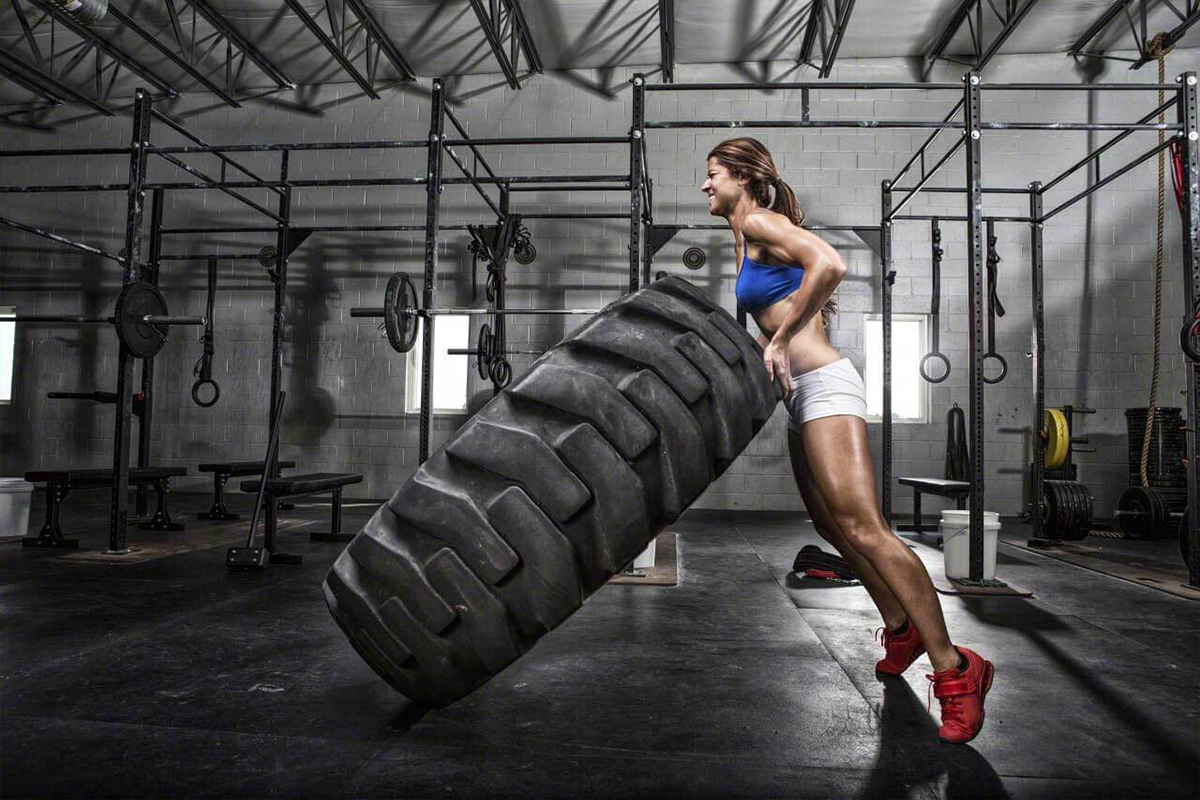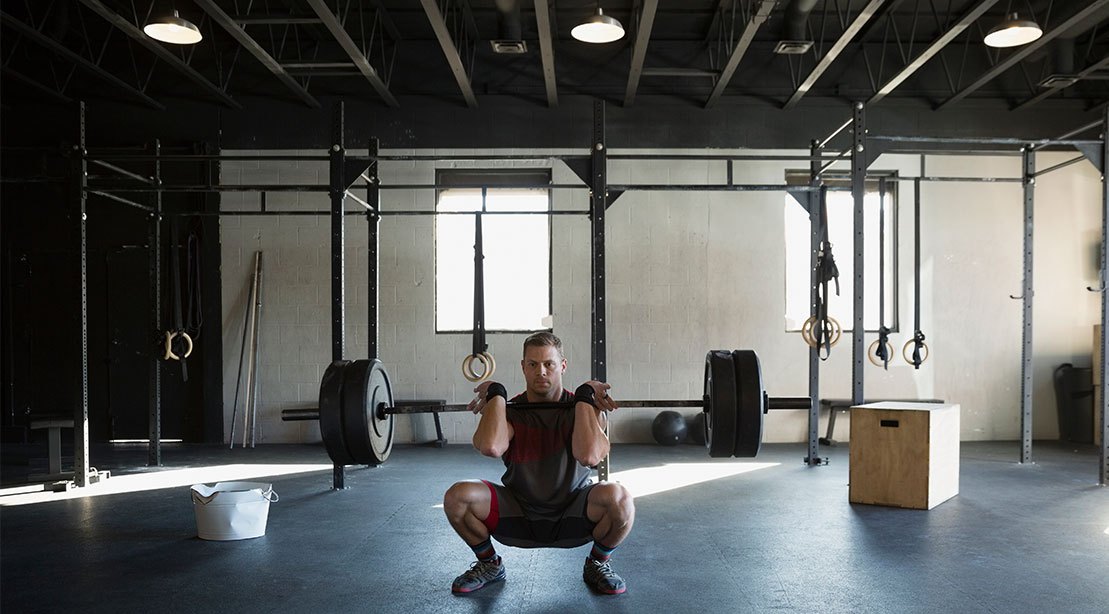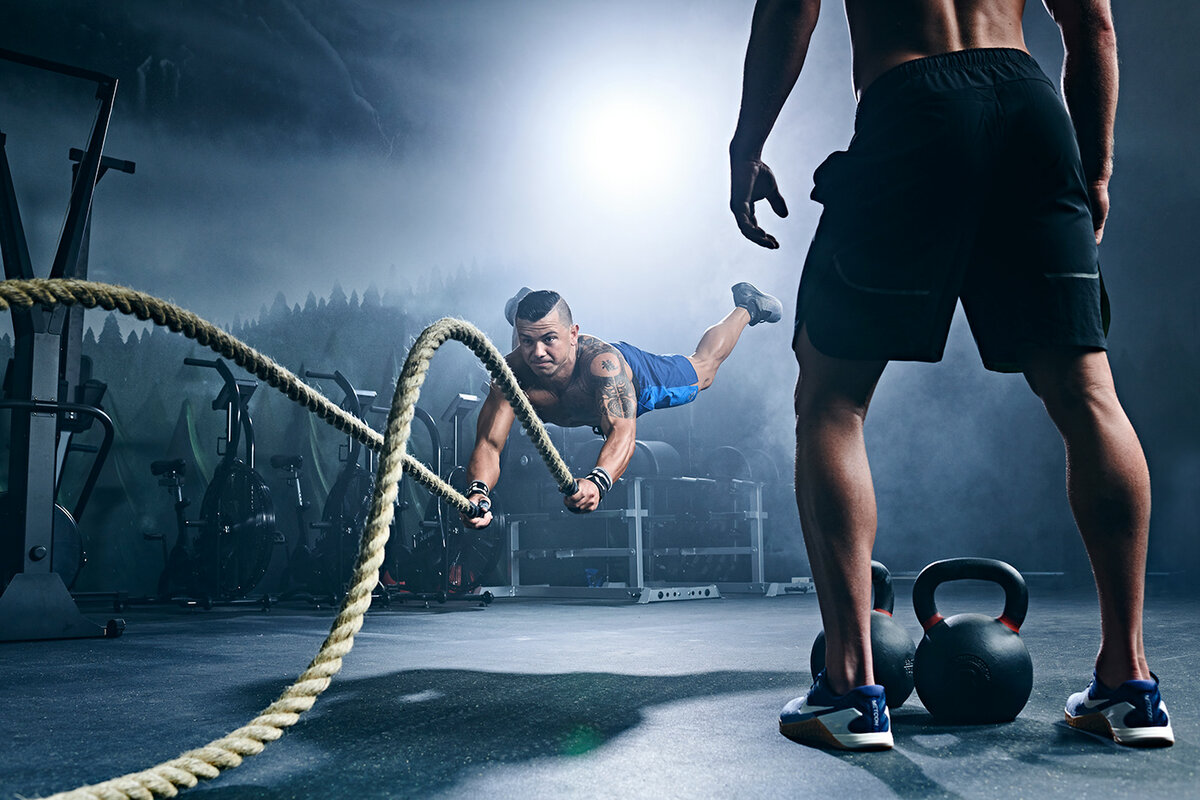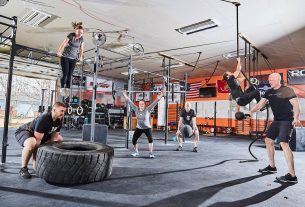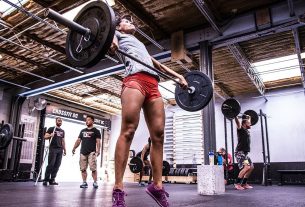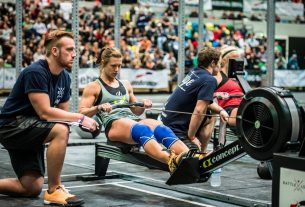To understand why muscle hypertrophy occurs, let us turn to the biomechanics of the body. Muscle hypertrophy is primarily an increase in muscle mass and cross-sectional area of each individual muscle cell. An increase in size is associated with an increase in the width of individual muscle fibers.
Both heart and skeletal muscles adapt to regular exercise: adaptation is one of the most important aspects of training. The body has the ability to adapt to increasing stress. By increasing workloads that exceed current muscle fiber levels, we stimulate tissue growth.
HOW IS IT GOING?
When someone starts to train a muscle, first there is an increase in nerve impulses that cause the muscle to contract. This by itself often results in increased strength without a noticeable change in muscle size. As you continue to exercise, there is a complex interaction of nervous system responses that stimulate protein synthesis over several months, resulting in muscle cells becoming larger and stronger.
More fiber is produced to produce damaged fibers, and this is how muscle growth actually occurs.
TYPES OF MUSCLE HYPERTROPHY
There are two ways of hypertrophy of skeletal muscle fibers.
Myofibrillar hypertrophy. At its core, it is an increase in muscle density. In particular, the size of the nucleus increases, and therefore, the overall increase in muscle tissue is imperceptible. However, due to an increase in the density of myofibrils, strength indicators are significantly increased. This type of hypertrophy can be achieved through low volume training on the brink of possibilities. Since it is myofibrillar hypertrophy that directly affects strength indicators, those muscle groups that are accustomed to prolonged low-intensity loads – in particular, the legs – are best exposed to it.
DETERMINING FACTORS
WORKOUTS
Exercise is the most important determining factor in triggering the hypertrophy process.
Muscle hypertrophy is a natural response to external stimuli. If the body feels that its current strength is not enough to do a certain job (which it considers important for survival), it will initiate hypertrophy. This is influenced by the factors of the appearance of lactic acid and the principle of super-recovery, due to which micro-fractures are overgrown with a margin.
FOOD
Another fundamental aspect in hypertrophy is energy balance. The body can respond to any stress in two ways:
- Increase over volume for confrontation.
- Launch optimization processes.
- However, without special stimulation in the form of super-calories and excess protein, the body simply will not build muscle tissue, since it will think that it is unable to maintain new volumes of energy.
- Therefore, nutrition is in second place after training for achieving muscle hypertrophy.
AUXILIARY SPORTS NUTRITION
Various sports nutrition will help hypertrophy. It will not start the muscle growth process, but it will accelerate it, or increase the intensity.
The most effective types of sports nutrition:
- Creatine . Increases blood flow, which in turn creates a pump effect that actually “tears” the muscles under the pressure of the blood.
- Carnitine Creates a positive energy background, reduces the calorie deficit by burning the fat depot. The surplus of the received energy goes to the glycogen depot, increasing the overall performance, and, therefore, allowing you to get more stress during training.
- Protein shakes. They increase the anabolic background, which in turn affects the amount of synthesized protein for the muscles.
- Arginine. Acts like protein shakes.
- Curcumin. Increases the anabolic background and the amount of protein synthesized in the body.
- Nitrogen donors. Promotes acceleration of micro-fracture recovery processes, which reduces the time between workouts.
HOW ELSE CAN YOU ACHIEVE IT?
How to achieve muscle hypertrophy without intense training and dietary guidelines? If we are talking about sarcoplasmic hypertrophy, then it is somewhat easier to achieve than microfibrillary. To do this, sometimes it is enough to increase the total protein synthesis from the incoming amino acids in the body. To do this, two official cheat codes are used.
1st indirect: the use of anabolic steroids. They indirectly affect overall protein synthesis, increase strength performance, recovery rate, and therefore allow you to train harder and more. As a result – pronounced temporary hypertrophy.
2nd direct: the use of growth hormone. Growth hormone causes both types of hypertrophy by directly stimulating the growth of muscle tissue through the growth of all its components.
Attention! We do not recommend the use of drugs for athletic performance. They have a number of contraindications and a lot of side effects.
CONCLUSION
Hypertrophy is fairly easy to achieve. It is due to this process that a natural increase in muscle tissue occurs.
But remember the measure. Large muscles are not always more functional than small ones. Striking examples of this are crossfitters, whose weight rarely exceeds 90 kg, but they are always dry and much more functional than bodybuilders and even powerlifters.
